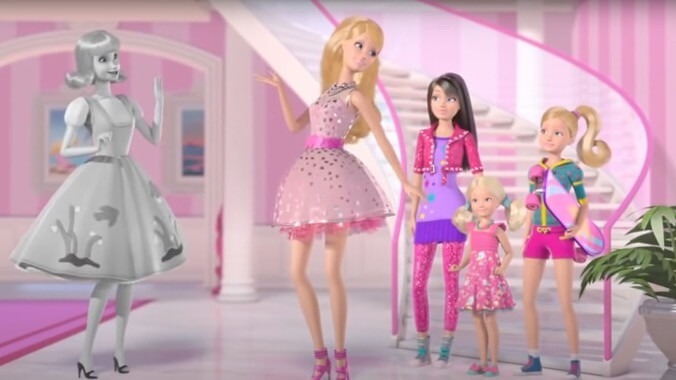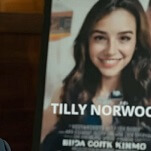Before Barbie got meta, there was Life In The Dreamhouse
Revisiting the chaotic web series that took the self-aware Barbie concept to wacky heights

By all accounts, the new live-action Barbie film has a delightfully subversive edge to it, simultaneously poking fun at and paying homage to the iconic fashion doll and the toy line based around her. It’s a clever approach courtesy of filmmaker Greta Gerwig and her co-writing partner Noah Baumbach, but it’s not the first project to make the most of a self-aware Barbie.
Barbie has starred in quite a few movies, but up until the last decade they were mainly direct-to-video releases aimed at a younger audience with titles like Barbie In A Mermaid Tale and Barbie: A Fashion Fairytale. These simple fantasy stories often cast Barbie and her friends in the roles of princesses or fairies who would interact with magical creatures in far-off lands. They had everything toy executives could imagine little girls might be into, but their primary goal wasn’t to entertain; it was to sell more toys. These movies didn’t end up doing much to improve declining Barbie sales, though, and may have contributed to an overall sentiment among savvy kids that Barbie just wasn’t cool anymore.
It was time for a radical change. Barbie: Life In The Dreamhouse premiered on YouTube and the official Barbie website in 2012. Launching as a series of animated shorts between three and four minutes in length, the series broke away from the straightforward, kid-targeted approach of previous official Barbie content. It had more in common with the versions of Barbie and Ken from the Toy Story franchise than it did with any of the previous Barbie movies. Hell, it might even have had more in common with The Real Housewives Of Beverly Hills (there’s even a Bravo-style reunion special that recaps the first season). It turns out there’s room in the Barbie cinematic universe for fanciful children’s movies as well as thoughtful projects that cater to grown-ups with a sense of humor and nostalgia for the toys of their past.
A Barbie who breaks the fourth wall
Life In The Dreamhouse centers on Barbie (voiced by Kate Higgins) and her three younger sisters: tech-savvy Skipper (voiced by Paula Rhodes), athletic Stacy (also voiced by Rhodes), and little Chelsea (voiced by Laura Gerow), whose cute and wholesome appearance hides a diabolical mind. The characters have free will but they’re always fully aware that they’re toys. They talk about their plastic skin and how their joints move. And although we never see any humans in the show, the characters sometimes interact with objects of human scale, like a giant credit card or a massive bottle of nail polish. The show never lets you forget that this world is a polyvinyl chloride fabrication, constantly breaking the fourth wall in smart and funny ways. Perhaps the most modern and meta touch is the use of confessional interviews in the style of shows like The Office and Abbott Elementary.







































